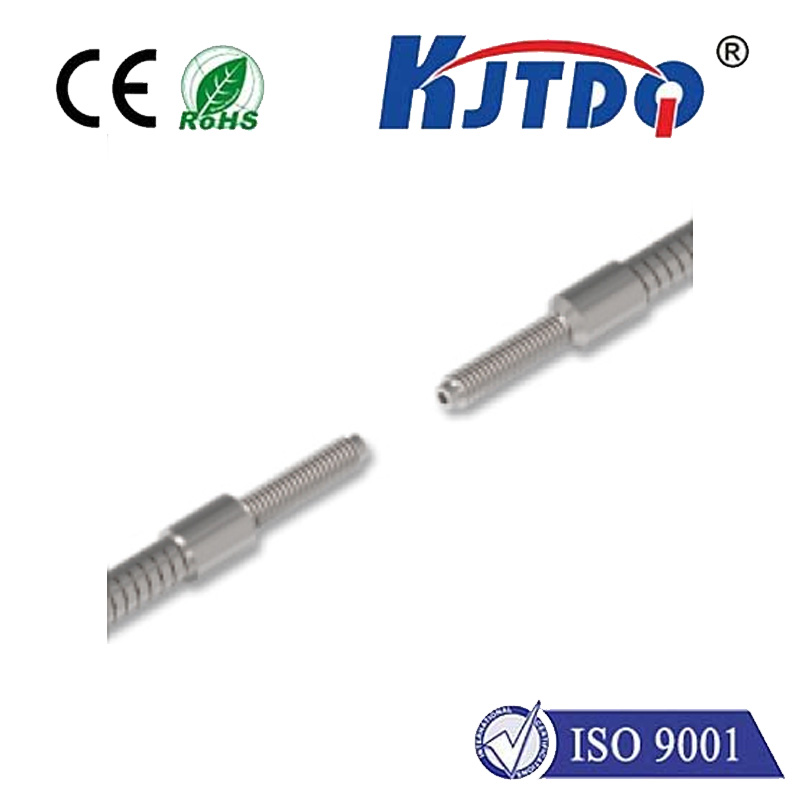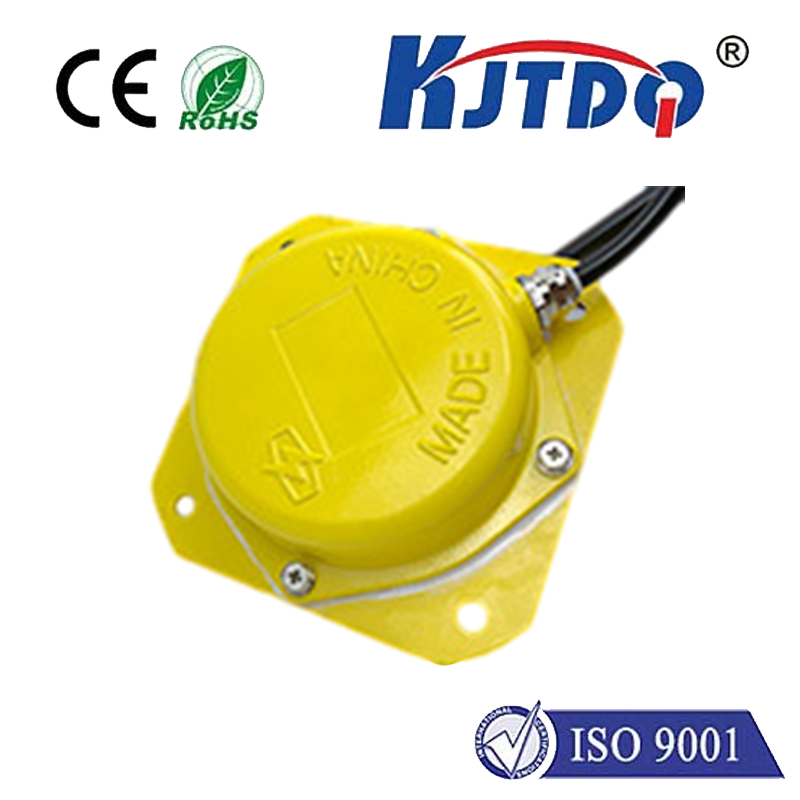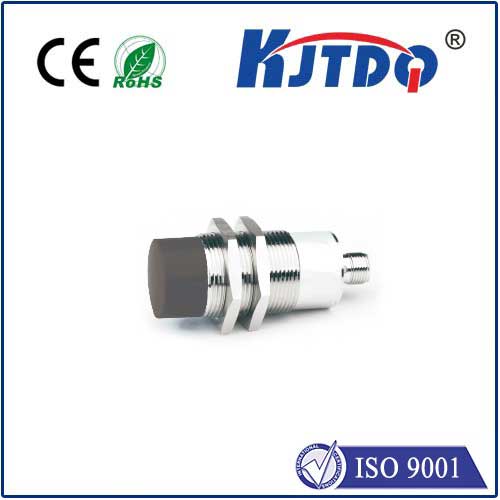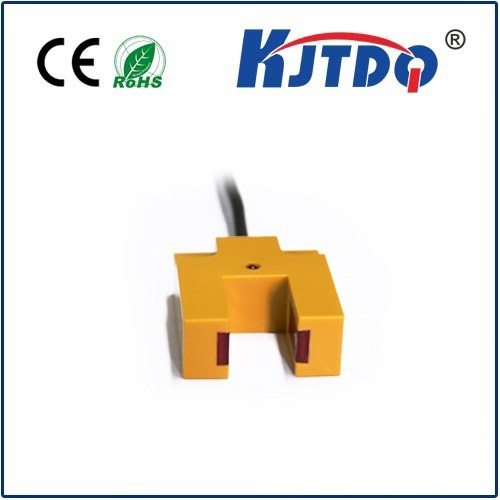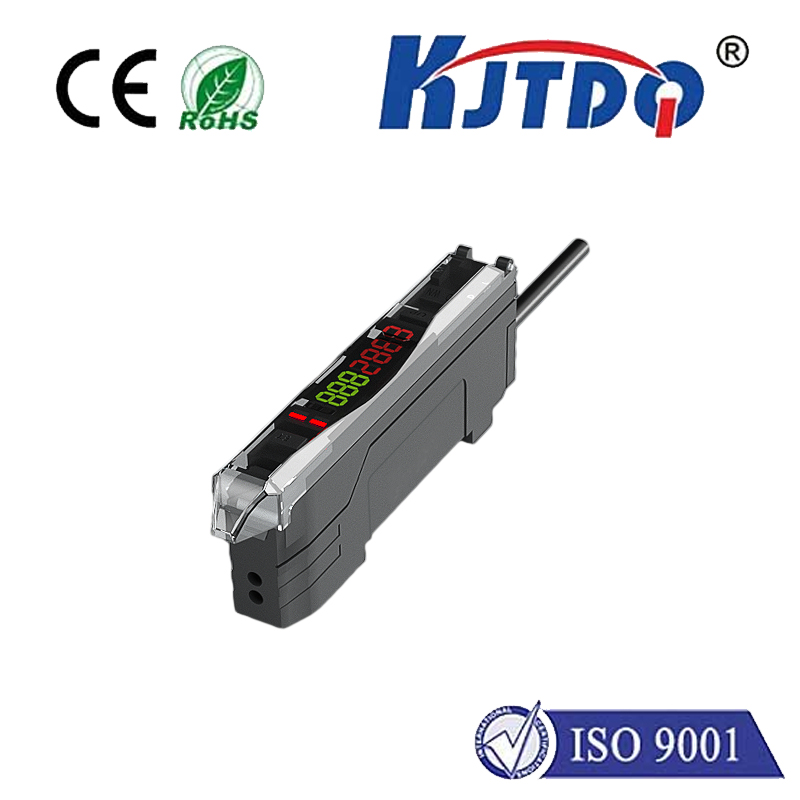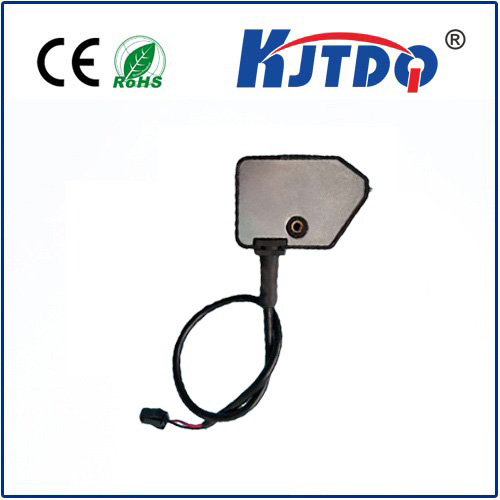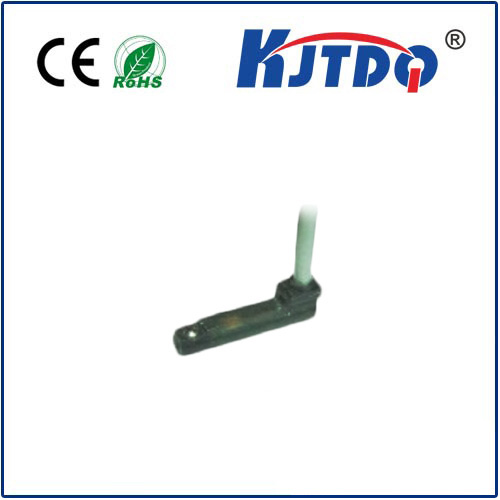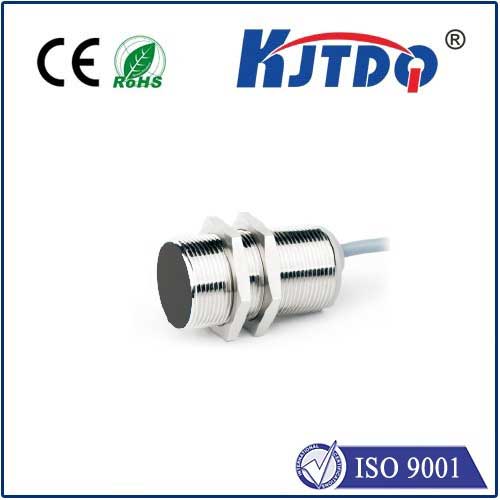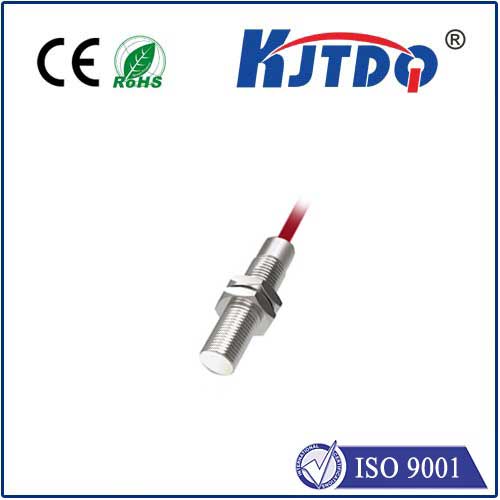
check

check

check

check

Title: SPS-4E-1-4-NPT: Unveiling the Mystery Behind the Code The enigmatic string of characters “SPS-4E-1-4-NPT” may seem like a random assortment at first glance, but beneath its surface lies a world rich with significance. This unique identifier isn’t just any sequence; it represents a specific product model or component within an industry that demands precision and quality—the realm of high-pressure hydraulics and pneumatics. Understanding SPS-4E: A Snapshot of Excellence “SPS” often signifies a brand or series within a company’s portfolio, known for its superior performance standards in fluid control systems. The ‘4E’ extension, typically, refers to a particular variant within this esteemed lineage, each letter denoting enhancements over predecessor models—be it in efficiency, durability, or adaptability to harsher conditions. Decoding 1-4-NPT: The Threads of Compatibility Moving forward to the ‘1-4-NPT’, we delve into the specifics of threading specifications. This trio indicates a National Pipe Taper (NPT) thread type, widely used in hydraulic and plumbing systems globally. The ‘1-4’ denotes the nominal size, where ‘1’ signifies a one-inch diameter, and ‘4’ specifies the number of threads per inch—a standard measurement ensuring a secure fit between components. NPT threads are designed to seal tighter as pressure increases, making them ideal for high-pressure applications. Applications Beyond the Ordinary Components bearing the ‘SPS-4E-1-4-NPT’ designation find their niche in industries ranging from aerospace and automotive to manufacturing and oilfields. Their robust construction and precise engineering make them indispensable in systems where leak-proof connections are non-negotiable. Whether it’s controlling the flow of hydraulic fluids in heavy machinery or maintaining air pressure in pneumatic circuits, these components stand as guardians of operational integrity. Maintenance Matters: Ensuring Longevity To maximize the lifespan and efficiency of components marked by ‘SPS-4E-1-4-NPT’, routine maintenance is key. This includes regular checks for wear and tear, proper lubrication to reduce friction, and adherence to manufacturer-recommended torque settings during installation. By treating these elements with care, operators can prevent premature failures and ensure consistent performance under extreme conditions. Innovation at Its Core The evolution encapsulated in ‘SPS-4E-1-4-NPT’ reflects an ongoing commitment to innovation in fluid dynamics management. As technology advances, so too do the capabilities of these components, integrating smart sensors for real-time monitoring or eco-friendly materials without compromising strength or functionality. In conclusion, the seemingly cryptic code ‘SPS-4E-1-4-NPT’ unravels into a testament to human ingenuity and the relentless pursuit of excellence in industrial design. It serves as a reminder that behind every complex system lies a meticulously crafted solution, tailored to meet the demands of modern工程技术 challenges head-on.
